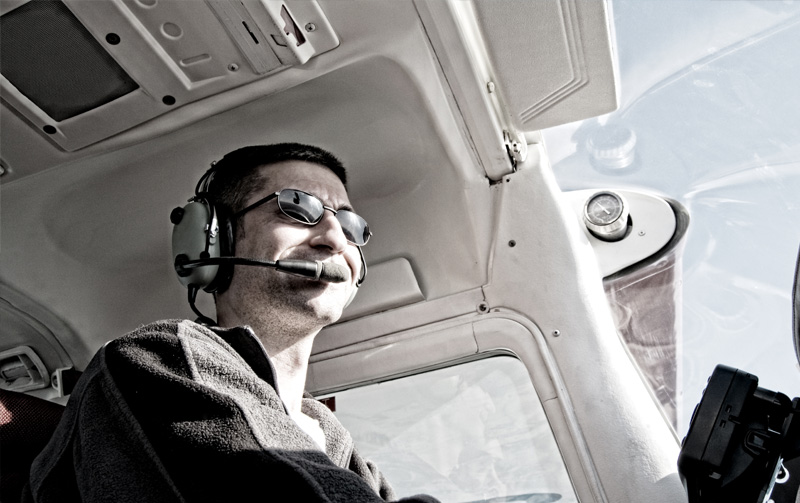

Never Make Assumptions
I’ve got a friend who’s a qualified pilot and has tons of experience in my make/model. He asked to fly it this weekend, so I’m going to let him. He’s covered, right?
Not necessarily. Often the scenario above leads back to the open pilot warranty on the policy. In most cases, for experienced pilots, they’ll meet or exceed the hour minimums mandated by the policy. However, that is only half the battle. Hours and ratings alone do not constitute an approved pilot. The other equally important factor is training in the make/model. This is the item that hangs pilots up because, unless they’re actively flying the make/model in question, they won’t be school current.
In most cases, “school current” refers to training in a specific make/model in the last 12 months. As an example, a pilot may have flown a Cessna 414 back in the early ’90s and logged over 1,000 hours flying it. But if the pilot hasn’t been to school in the aircraft in the last 12 months, they will be disqualified from approval today. It is imperative that all pilots and all aircraft owners double-check the training requirements on their policy so they don’t have any issues. It’s even more important now, given that training requirements are only tightening (see articles above). The other element to this is understanding the difference between insurance training and FAA training. Just because you’re current by FAA standards doesn’t always mean you’re current by insurance standards.
I can’t tell you how many times we’ve seen people make this assumption. They say, “I did my checkout last month, so I’m current,” when in reality, the policy calls for ground/flight training. Here, we have the classic case of a pilot thinking they’re compliant because they did what the FAA requires. However, if something more than a checkout is needed by the policy, then that pilot won’t be insurable until they meet the insurance requirement. Always remember, the FAA doesn’t write claim checks!
Because of this, assume your insurance policy will always require at least what the FAA requires, and in most cases, they’ll require more!
